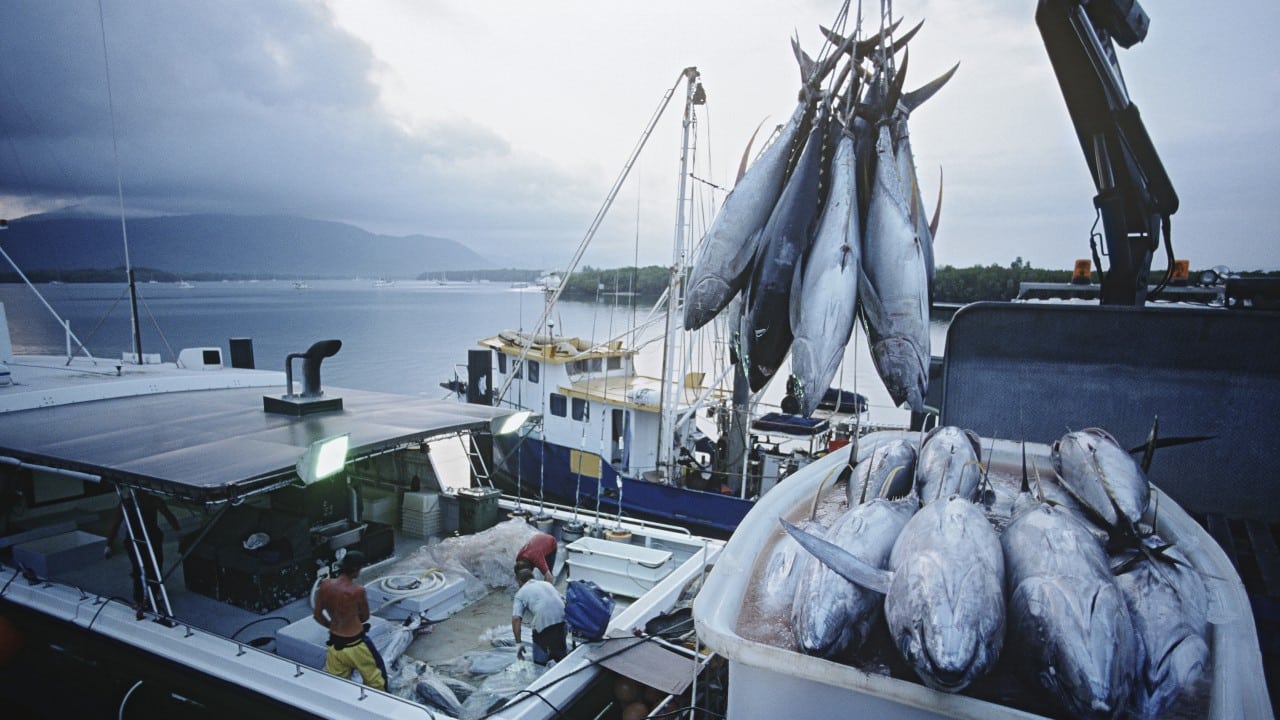

Defendants further argued that the averaging assumptions offered by the plaintiff tuna buyers to show injury failed to provide sufficient evidence to meet the Rule 23 requirements for certification. As to the direct purchaser class, the defendant tuna producers argued that the large number of uninjured putative class members-up to 28%-was not de minimis, or not insignificant, and, therefore, the class could not be certified. The parties submitted expert analyses regarding the scope of the alleged classes. Plaintiffs sought certification of three separate classes. On the heels of a criminal investigation into tuna producers’ pricing practices, several plaintiff buyers of tuna products initiated putative class actions alleging that major tuna producers had fixed prices. StarKist, the Supreme Court’s November 14, 2022, denial means that the Ninth Circuit decision will stand, leaving in place splits between the Ninth Circuit and other circuits regarding how and when to address the percentage of uninjured class members in class actions and the use of averaging assumptions as representative evidence of injury in class actions. The US Supreme Court denied a certiorari petition seeking to resolve circuit court splits relevant to the litigation of class action matters, including if and when class certification is appropriate where a significant portion of the class may be uninjured and on the use of representative evidence in class actions.Īrising from the US Court of Appeals for the Ninth Circuit’s en banc decision in Olean v.


 0 kommentar(er)
0 kommentar(er)
